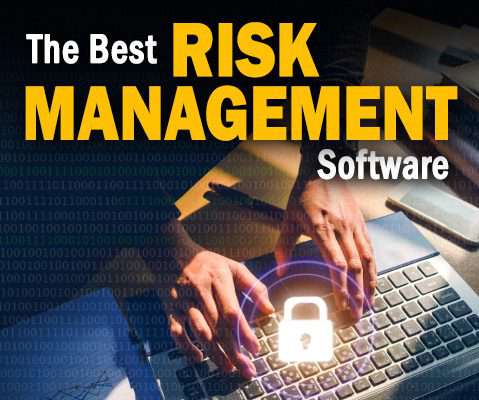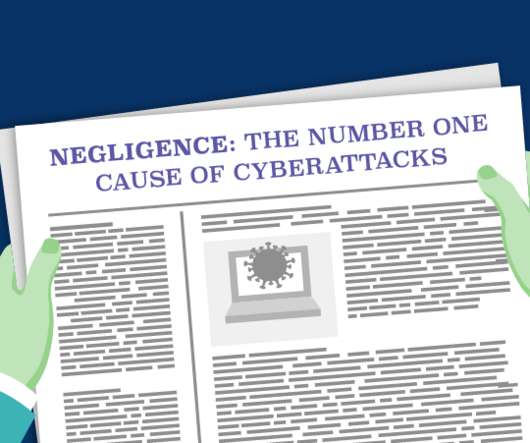Risk Assessment vs Risk Analysis
Reciprocity
APRIL 4, 2022
A risk analysis is conducted for each identified risk, and security controls are pinpointed to mitigate or avoid these threats. Here are some others: Financial risk. Audit risk. Implement controls and risk response plans to prevent and mitigate risk. Credit risk. Compliance risk. Reputational risk. Competitive risk.






















Let's personalize your content